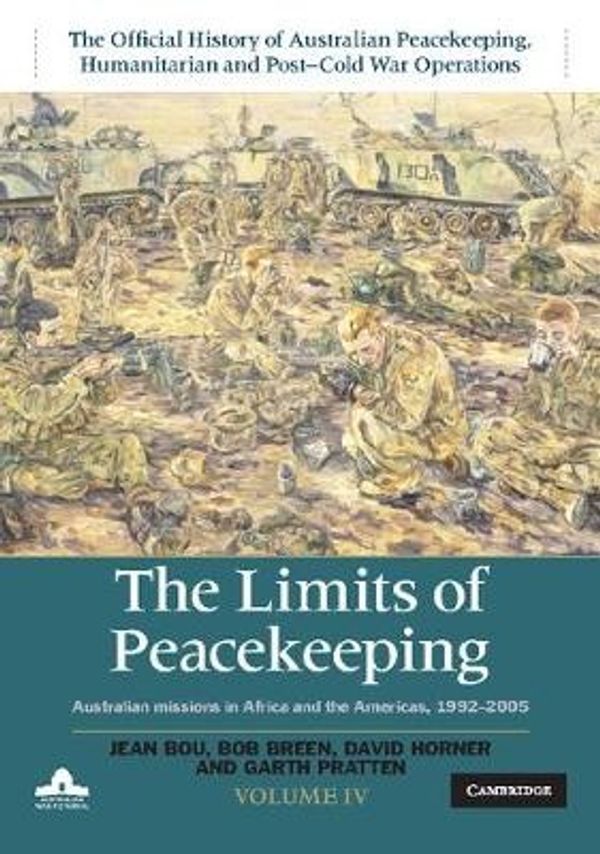With the end of the Cold War there came change in attitudes towards peacekeeping.

Hardback 743pp RRP: $179.00
An Introduction examines the philosophy behind Australia’s approach to peacekeeping during the period 1991 – 1996.
Wishing to be seen to be keeping its international responsibilities, in late 1992 Australia agreed to providing a major force to Somalia. [This was the 1st Battalion Royal Australian Regiment group commanded by our current Governor General-designate, David Hurley.] Part 1 is devoted to the four contingents posted there during the period 1993 – 94.
Part 2 looks at Australia’s two contingents sent to Rwanda following the April 1994 genocide. Both contingents were forced to work towards establishing a peace and saw the first Australian bravery awards made since the Vietnam War. Members of the second contingent were in Kibeho on 22/23 April 1985 when 1200 – 1500 Rwandans were massacred. Appendix C – UN Peacekeepers and PTSD in 30 pages looks at the potential for this to manifest itself as a result of some of its missions.
By contrast Part 3 describes the smaller commitments to the 1994 Mozambique elections and thirteen subsequent contingents to provide mine clearing there until 2002, and the Australian Federal Police 1994 – 95 work in Haiti. Both these missions provided far more positive outcomes than the Somalian and Rwandan commitments.
The years of John Howard’s prime ministership are examined in Part 4. These commitments were only small: Guatemala in 1997, Ethiopia and Eritrea 2001 – 05, and Sierra Leone 2001 – 2003.
The Defence 2000 White Paper proposed defence activities be undertaken in Australia’s own neighbourhood and when the involved our own interests and started to show its effect on policy.
Commencing with a List of Maps, Chronology 1992 – 2001, a long list of abbreviations, the Contents with a detailed breakdown of each chapter, the reader is well-prepared to take on this history.
The maneuvering of the UN, the Australian ministers, the Department of Foreign Affairs and Trade, the Australian Defence Force and the Australian Federal Police are all closely examined and are comprehensively referenced in footnotes. Included are seventeen maps and 100-plus photographs (both mainly in colour). The other two appendices are Key UN Security Council Resolutions and Major (Australian) Office Bearers. The Bibliography and Index are both 20 pages in length.
There has been no expense spared in producing this most enlightening, thorough and well-written history on a topic that often is given too little attention.
Reviewed for RUSI by Neville Taylor, May 2019
Contact Royal United Services Institute about this article.






